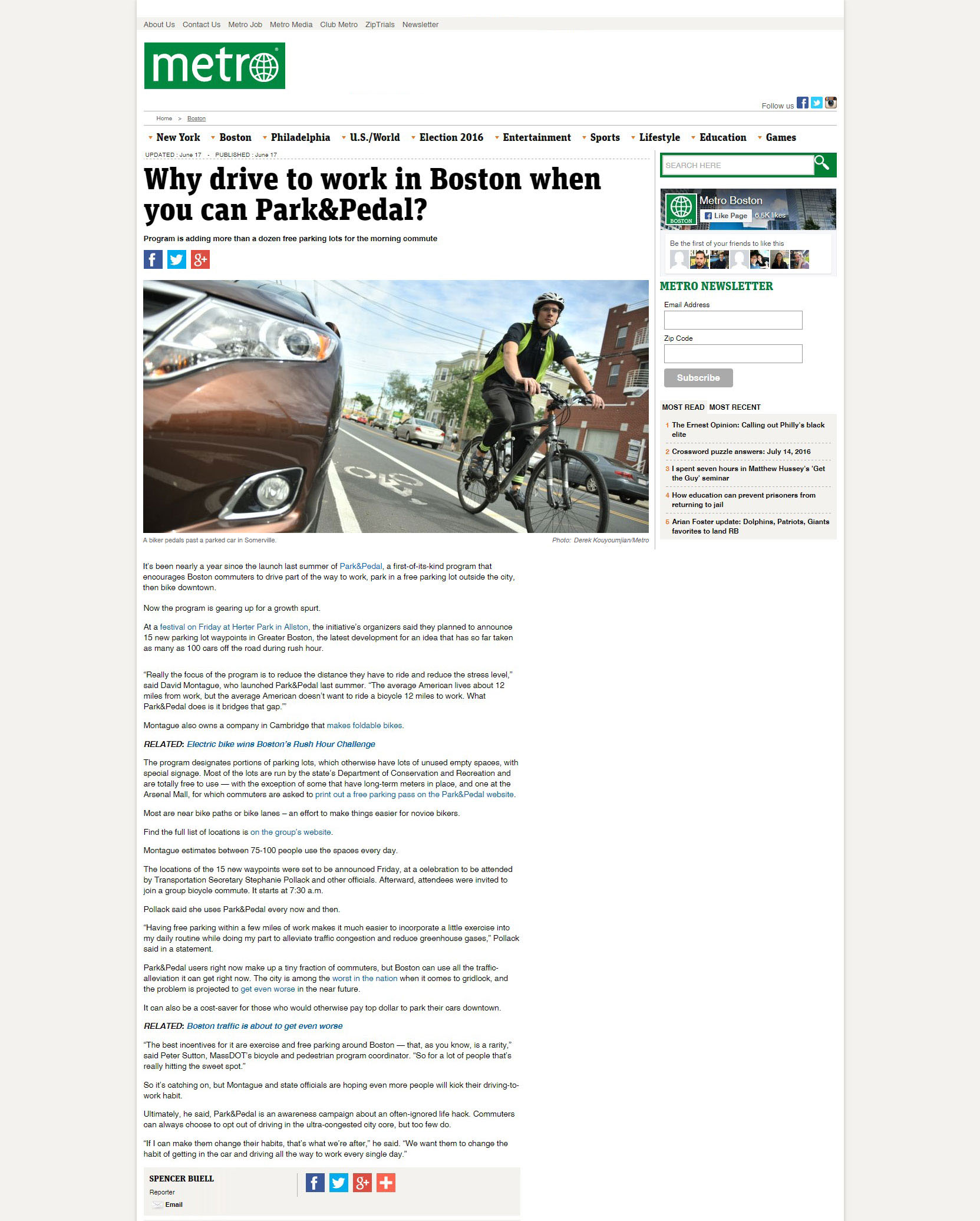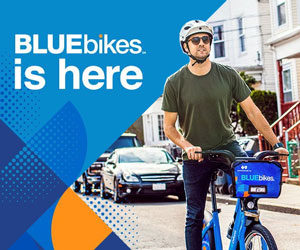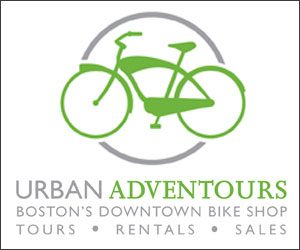
Why drive to work in Boston when you can Park&Pedal?
SPENCER BUELL
Program is adding more than a dozen free parking lots for the morning commute
It’s been nearly a year since the launch last summer of Park&Pedal, a first-of-its-kind program that encourages Boston commuters to drive part of the way to work, park in a free parking lot outside the city, then bike downtown.
Now the program is gearing up for a growth spurt.
At a festival on Friday at Herter Park in Allston, the initiative’s organizers said they planned to announce 15 new parking lot waypoints in Greater Boston, the latest development for an idea that has so far taken as many as 100 cars off the road during rush hour.
“Really the focus of the program is to reduce the distance they have to ride and reduce the stress level,” said David Montague, who launched Park&Pedal last summer. “The average American lives about 12 miles from work, but the average American doesn’t want to ride a bicycle 12 miles to work. What Park&Pedal does is it bridges that gap.”’
Montague also owns a company in Cambridge that makes foldable bikes.
The program designates portions of parking lots, which otherwise have lots of unused empty spaces, with special signage. Most of the lots are run by the state’s Department of Conservation and Recreation and are totally free to use — with the exception of some that have long-term meters in place, and one at the Arsenal Mall, for which commuters are asked to print out a free parking pass on the Park&Pedal website.
Most are near bike paths or bike lanes – an effort to make things easier for novice bikers.
Find the full list of locations is on the group’s website.
Montague estimates between 75-100 people use the spaces every day.
The locations of the 15 new waypoints were set to be announced Friday, at a celebration to be attended by Transportation Secretary Stephanie Pollack and other officials. Afterward, attendees were invited to join a group bicycle commute. It starts at 7:30 a.m.
Pollack said she uses Park&Pedal every now and then.
“Having free parking within a few miles of work makes it much easier to incorporate a little exercise into my daily routine while doing my part to alleviate traffic congestion and reduce greenhouse gases,” Pollack said in a statement.
Park&Pedal users right now make up a tiny fraction of commuters, but Boston can use all the traffic-alleviation it can get right now. The city is among the worst in the nation when it comes to gridlock, and the problem is projected to get even worse in the near future.
It can also be a cost-saver for those who would otherwise pay top dollar to park their cars downtown.
“The best incentives for it are exercise and free parking around Boston — that, as you know, is a rarity,” said Peter Sutton, MassDOT’s bicycle and pedestrian program coordinator. “So for a lot of people that’s really hitting the sweet spot.”
So it’s catching on, but Montague and state officials are hoping even more people will kick their driving-to-work habit.
Ultimately, he said, Park&Pedal is an awareness campaign about an often-ignored life hack. Commuters can always choose to opt out of driving in the ultra-congested city core, but too few do.
“If I can make them change their habits, that’s what we’re after,” he said. “We want them to change the habit of getting in the car and driving all the way to work every single day.”


